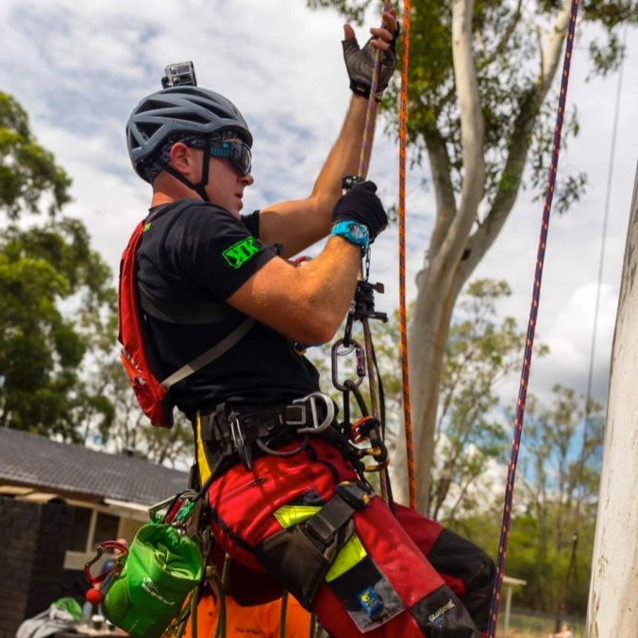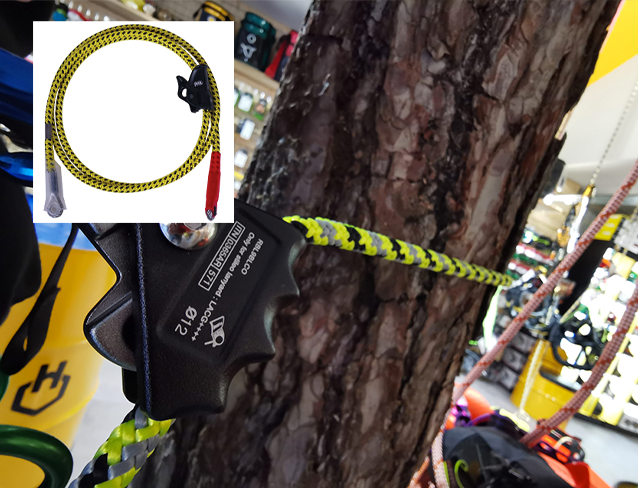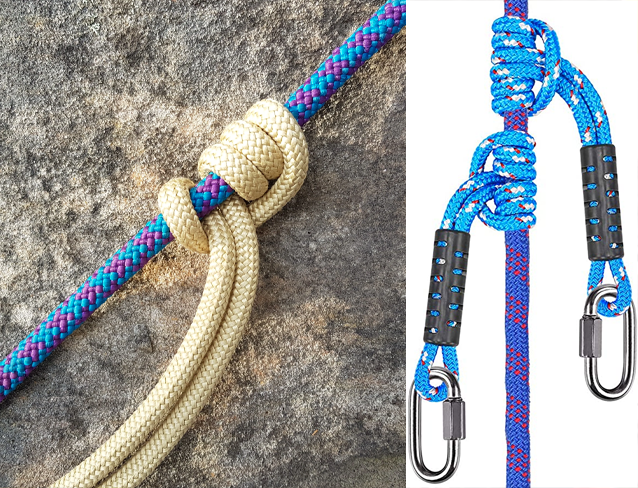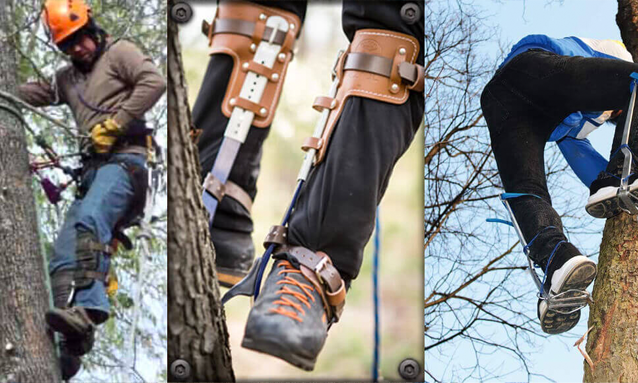Beginner’s Guide to Essential Tree Climbing Equipment
Tree climbing is a fun activity that gives you the chance to get outside and enjoy some time in nature. Even if you’re indoors most of the time, it’s easy to find a local park that has some interesting trees where you can practice climbing. Not only will you be able to explore a different landscape, and perhaps even have fun on a challenging yet rewarding challenge, but you’ll also be able to work on your overall fitness and durability as well.
However, don’t just run out the door and begin climbing trees because there are some things you should consider first. Just like every outdoor adventure has its essentials, to go tree climbing, you’ll need the right safety equipment and the basics of proper technique.
Tree-Climbing Harness
Harnesses are the most important piece of professional tree climber equipment. They must be comfortable and secure, without being too restrictive or heavy. When you’re after the ideal harness, look for one with the following qualities:

- Fully adjustable – A good harness will fit a wide range of climbers well.
- Comfortable – It should feel good to wear, not bulky or stiff.
- Easy to adjust – Finding a good fit should be quick and easy.
- Secure – The harness must hold you securely in the event of a fall, even if you are upside down when you stop falling!
- Rope-holding capacity – Look for one that can hold your rope with ease.
- Comfort features – A design with padding and breathable material that help make your climb more comfortable is highly recommended.
Flipline or Lanyard
A flip line is a short lanyard used to hook oneself to a tree while climbing. A flip line is used with a mechanical climbing ascender. Flip lines are typically used for the primary attachment point, above the climber’s head, and are always rigged at the lowest point of travel. The length of a flip line should allow for comfortable movement for the user without extending beyond the maximum safe working distance.

Flipline or a Lanyard Adjuster
The lanyard adjuster is also known as a prusik knot or klemheist knot. It is a small length of cord tied in a slip knot around the main climbing line and has been used for many years by arborists all over the world. It can be used to slide up and down your main climbing line without having to adjust your foot loops.
Climbing Rope
Climbing ropes are typically 9.5 to 11mm thick and long enough to reach the ground from the point of attachment. They’re rated for falls, so it’s important to look for this kind of tree climber equipment piece with a high rating for “falls held” or “factor falls.” These factors indicate how many times the rope can safely be used before it needs to be retired. Static rope is used for some types of climbing and rescue work but should never be used as your climbing rope because it offers almost no elasticity and can cause much more severe injuries in a fall than dynamic ropes.
Prusik
The prusik is a friction hitch or knot used to put a loop of cord around a rope, applied in climbing, canyoneering, mountaineering, caving, rope rescue, and tree work. Prusik, the term for both the loops and the hitch, derives from the name of its inventor, a Polish mountaineer named Ludwig Prusik. Many young climbers, unfamiliar with the history of climbing equipment and techniques, spell it incorrectly as prussic or prussick.

A prusik is looped around a rope, then attached back to itself with some type of knot. It has no moving parts so it cannot jam. It can be easily slipped on or off the mainline (rope). The load can slide along the mainline as long as there is tension on the prusik loop. If tension is relaxed on the prusik loop it will bind on the mainline and stop sliding.
Carabiners
Carabiners are oval shaped with a spring-loaded gate on one side. The gate opens when you squeeze it, allowing you to attach and remove your carabiner from another piece of tree climber equipment easily. Locking carabiners have gates that lock closed, which makes them better suited for use as anchors or belay devices. Screw-lock carabiners have a screw mechanism that must be unscrewed to open the gate, making them the most secure type of locking carabiner available.
Spurs or Spikes
Spurs are not absolutely necessary for tree climbing, but they can make the climb easier. The most popular design is made from aluminium with a steel spike attached to the bottom of each leg. To prevent injury, there is a strap that goes around the climber’s boot and another that goes around the calf. The foot strap has a buckle that allows it to be adjusted to get a good fit. This design keeps the spike at a fixed angle as you climb. Spurs also come in plastic which is lighter and less expensive than aluminium but doesn’t last as long.

To Sum Up
Tree climbing is a fun activity that lets you get out, enjoy nature, and get some exercise. The sport contains different skills, with advanced techniques, such as rope climbing and aerial rescue allowing more experienced climbers to participate in competitions and pursue certification. Climbing trees is not something to be taken lightly, so make sure you are following all the correct safety guidelines when doing so before embarking on your adventure.



